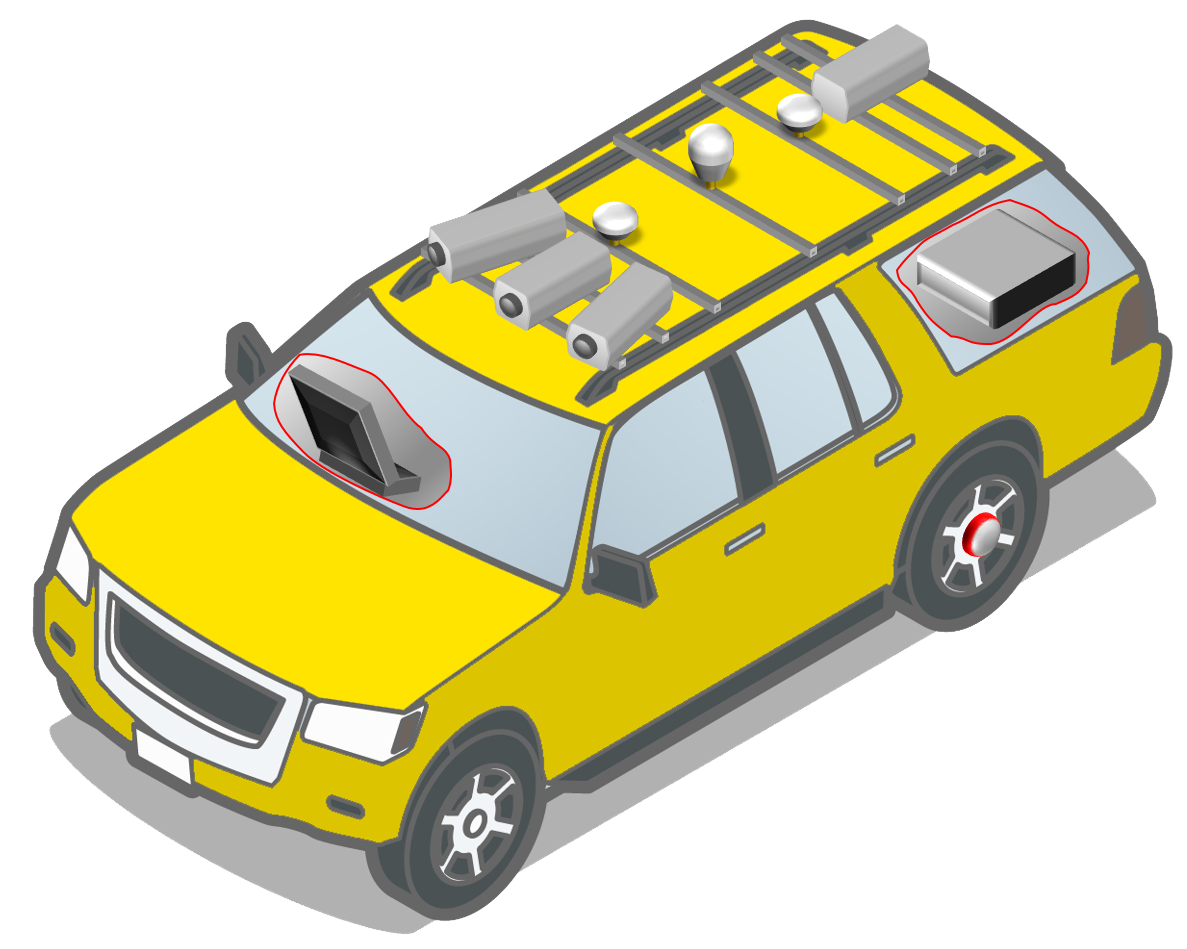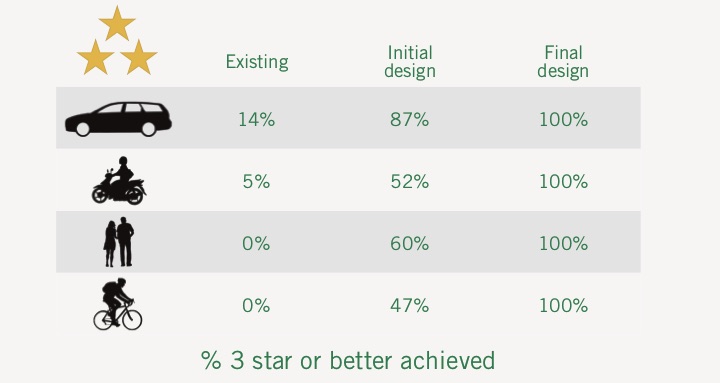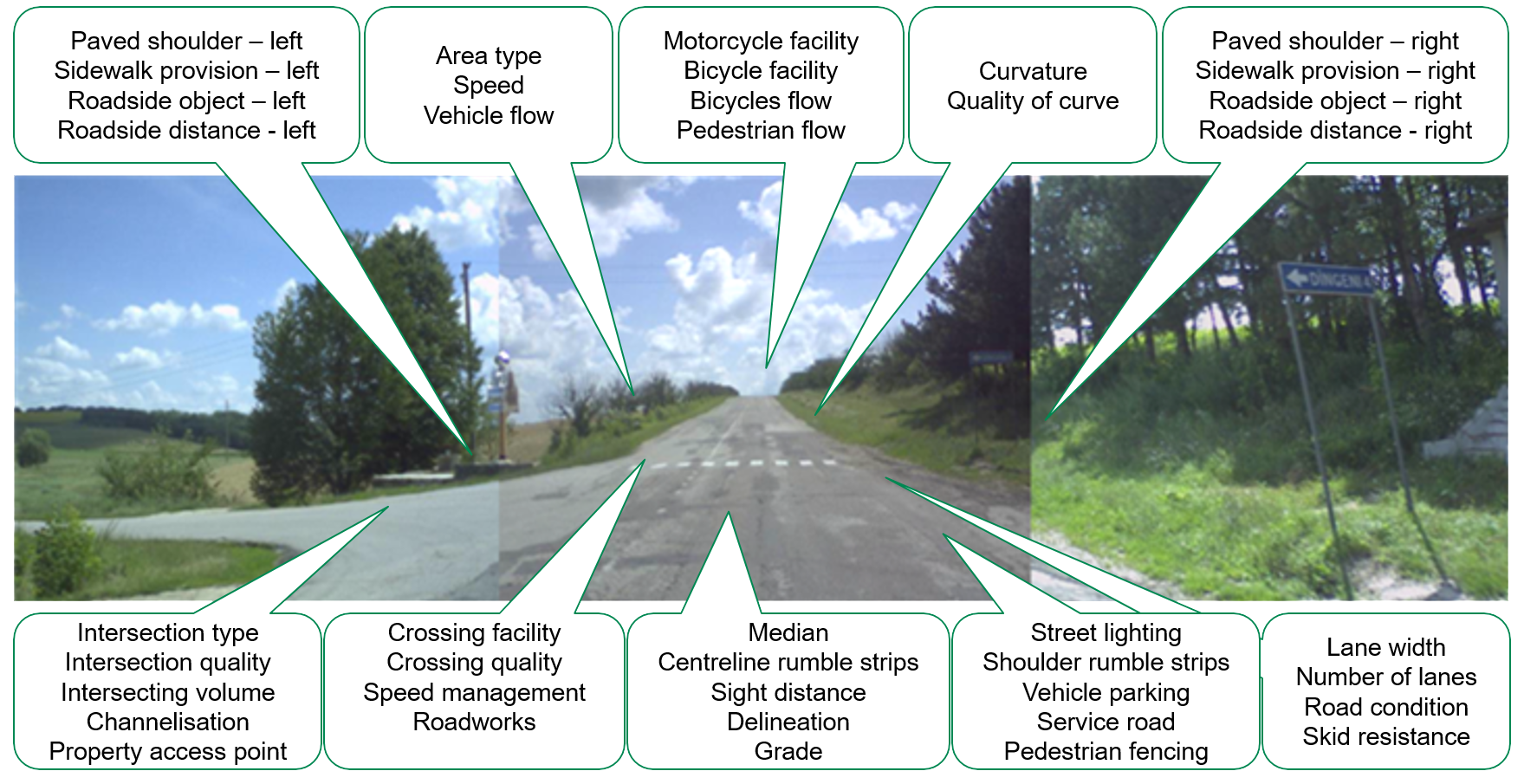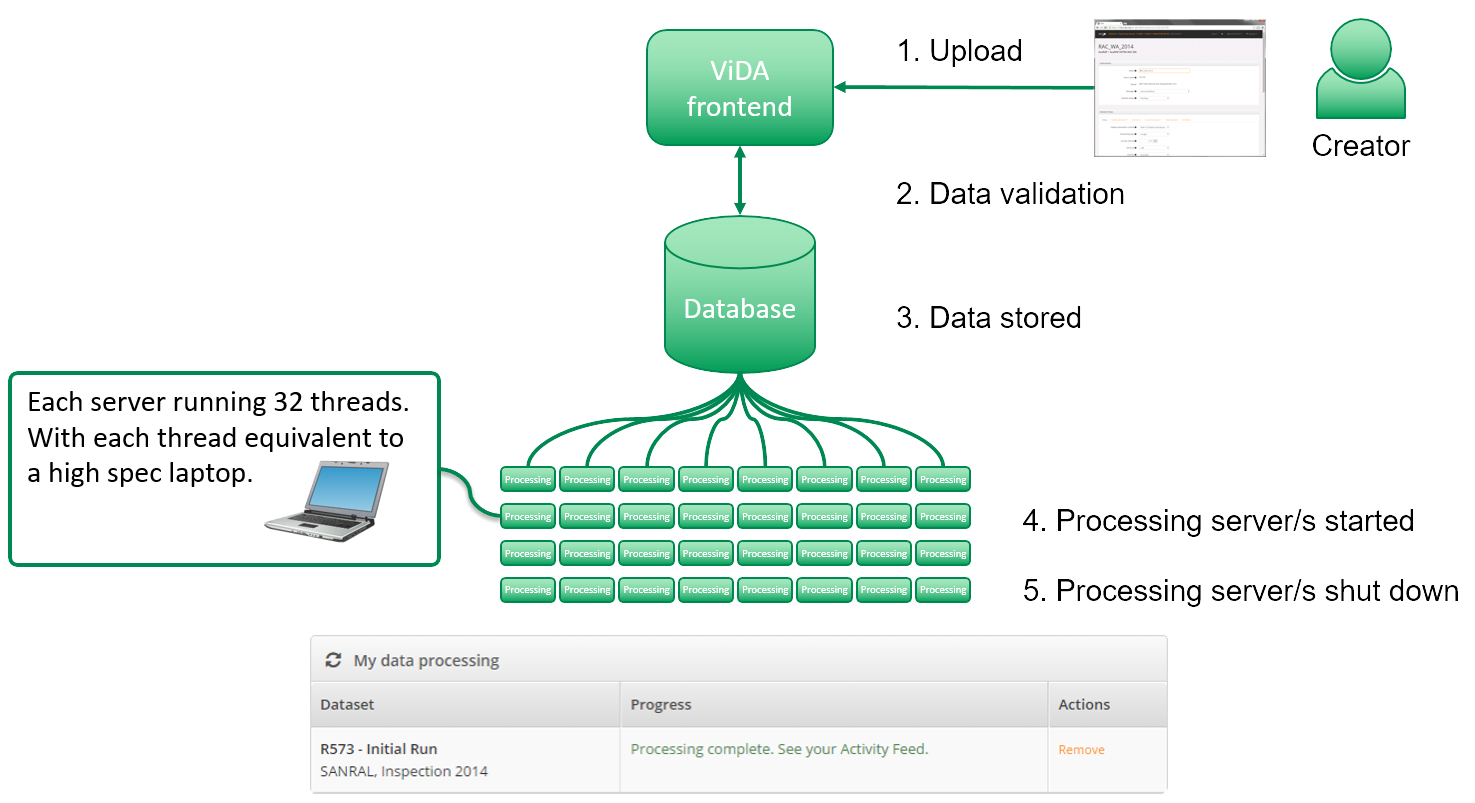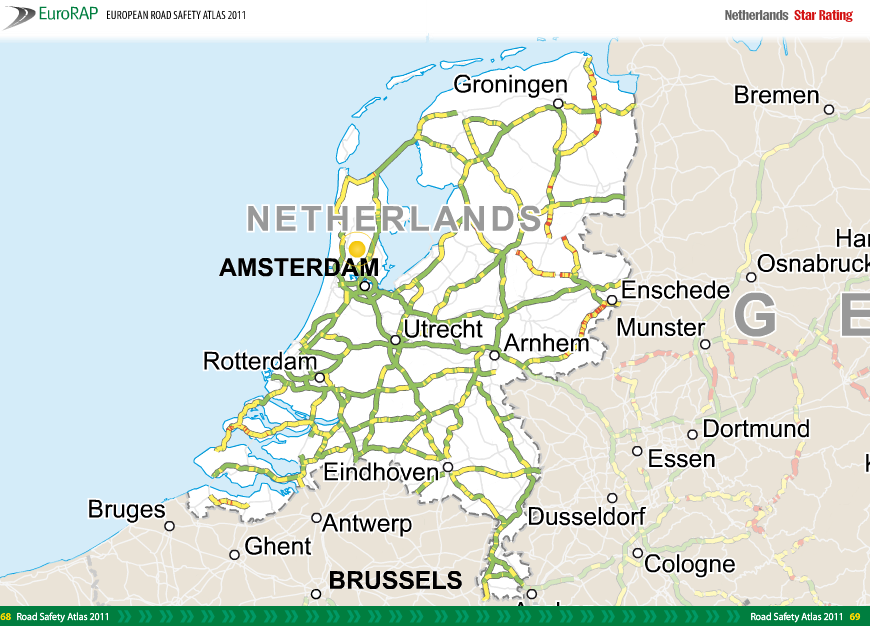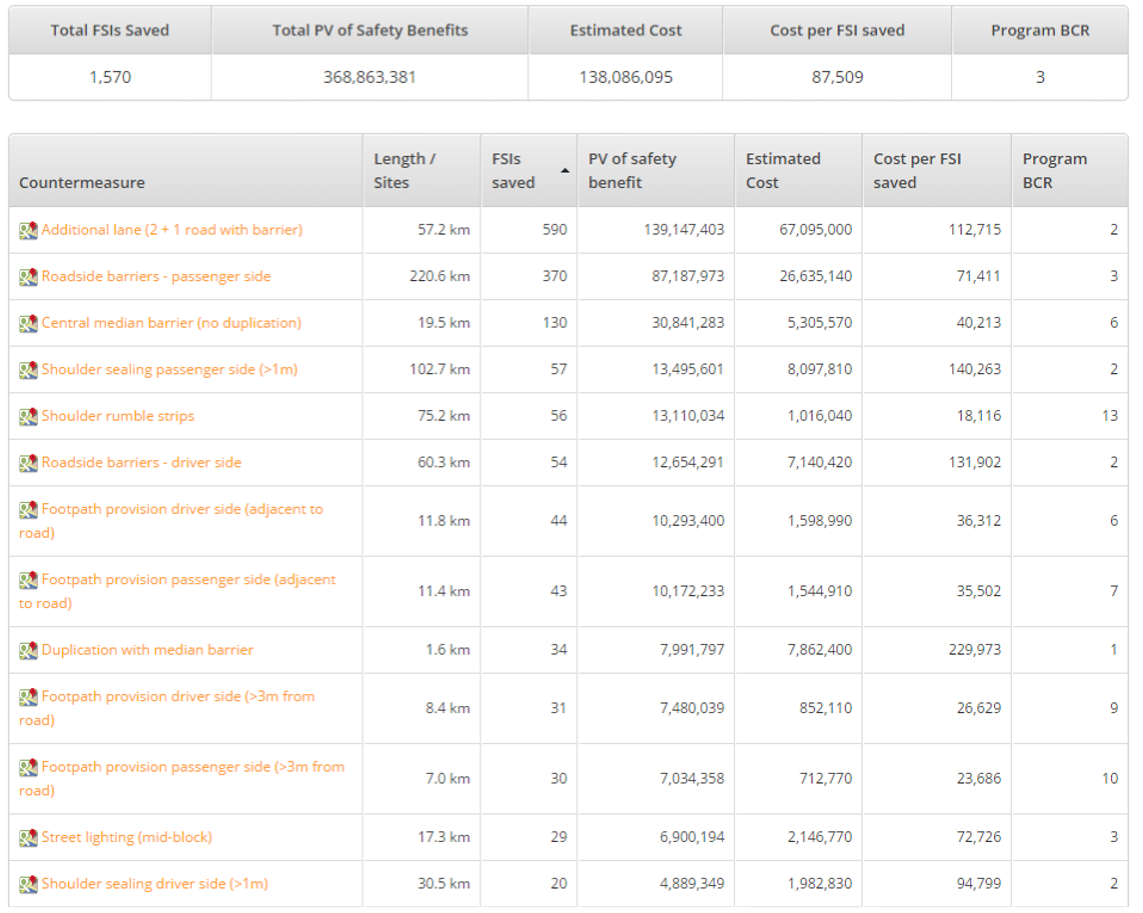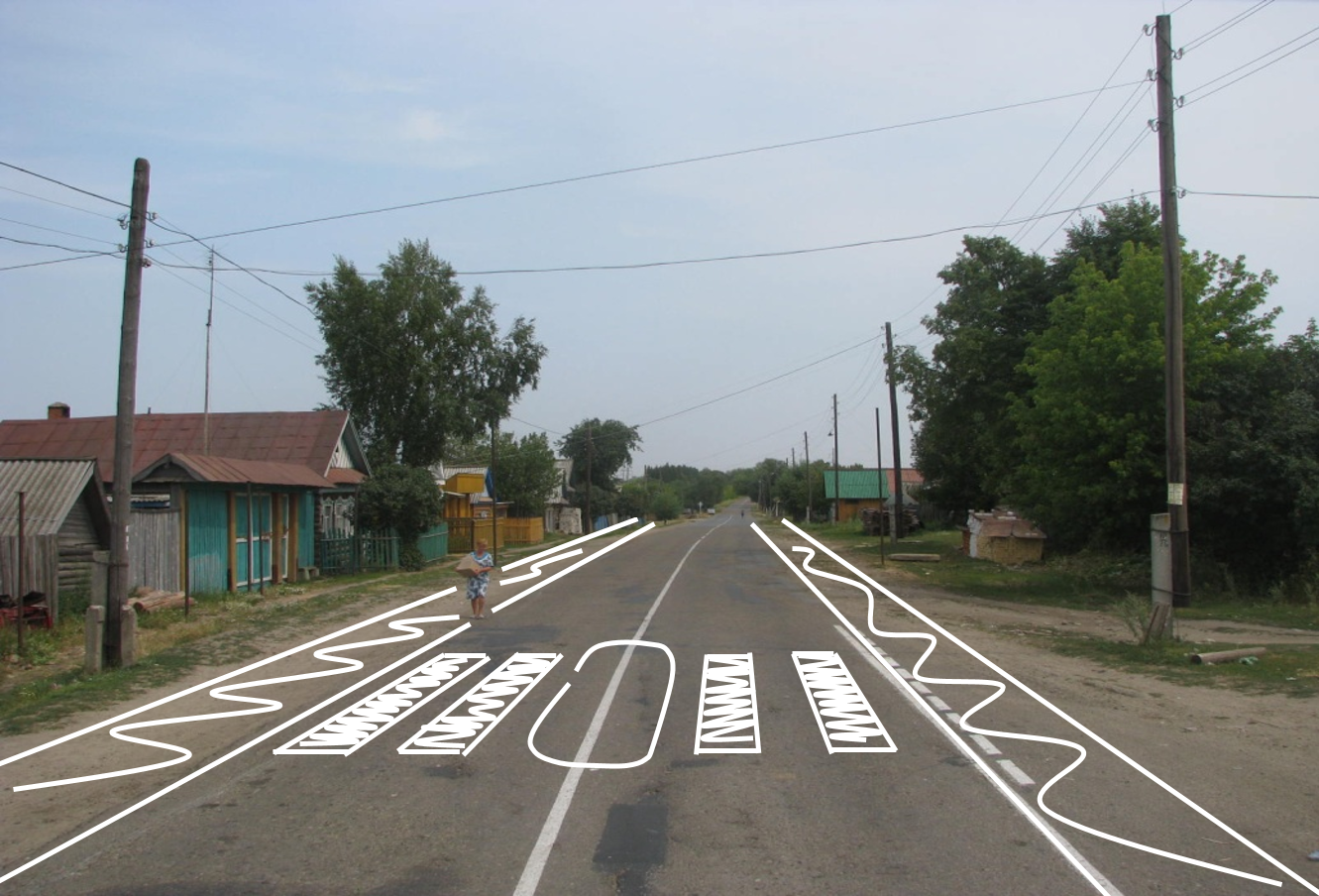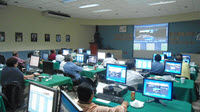
Feb 27, 2014 | News
More than 100 road engineers from across Mexico are currently participating in safety training courses.
The training program, organized by SCT and delivered by iRAP, focuses on road engineering safety principles and techniques, the iRAP methodology and use of the iRAP software and data.
The courses complement the extensive iRAP assessments in Mexico, covering some 45,000km of national roads and 20,000km of secondary roads, and are part of efforts to systematically reduce risk across the network.
SEMIC, an accredited iRAP supplier, is assisting in delivery of the national training program.
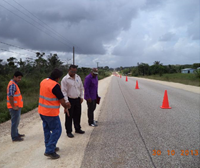
Feb 27, 2014 | News
Upgrades to lift road safety Star Ratings on the road between Belize City and Belmopan are underway.
The improvements include paved shoulders, regulatory and warning signs, bus laybys, safety barriers, linemarking and reflectorized road studs, pedestrian crossings and high-visibility chevron signs at curves.
The project is led by the Ministry of Public Works (MOW) with financial support from the Caribbean Development Bank (CDB) and is helping to build a culture of road safety in Belize. The road upgrades are accompanied by institutional support, strategy development, training and police enforcement, and will include monitoring of Star Ratings and safety outcomes.
In addition, safety improvements on a second stretch of road are now being designed. Those works include a new roundabout, traffic calming, and bike lanes and sidewalks in Belmopan.
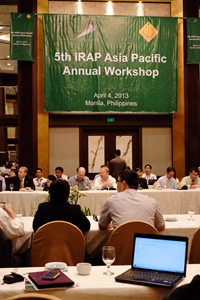
Feb 27, 2014 | News
The next iRAP Asia Pacific Workshop will be held on 25 June, 2014 in Manila, Philippines.
The workshop is part of “Asia Pacific Road Safety 2014”, an event being organized by the Asian Development Bank (ADB), Global Road Safety Partnership (GRSP), International Road Assessment Programme (iRAP) and Global New Car Assessment Programme (GNCAP).
This comprehensive seminar, workshop and training programme will be conducted at the ADB headquarters in Manila, Philippines from 23 June to 4 July 2014. There will be four key events:
- GRSP Asia Seminar (23-24 June)
- iRAP Asia Pacific Workshop (25 June)
- ADB/ASEAN Train the Trainer Programme (invitation only)
- GNCAP Workshop (invitation only).
Registration for these events is now open.
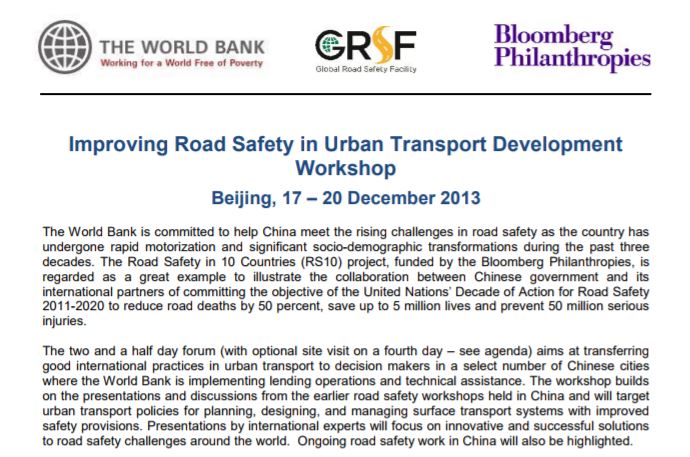
Dec 20, 2013 | Events, Improving road safety in urban transport development workshop, Presentations, Resources
This two and a half day forum aimed at transferring good international practices in urban transport to decision makers in a select number of Chinese cities and provinces where World Bank and Asian Development Bank projects are underway. Improving road safety in urban...

Dec 11, 2013 | News
The work is expected to result in the length rated 4- or 5-stars for pedestrians increasing from 9% to 84%, and a more than doubling of the length rated 3-stars or better for vehicle occupants.
Improvements to M2, which connects the Republic of Moldova and Ukraine for private, passenger and commercial traffic, are being undertaken by the Government and the Millennium Challenge Corporation (MCC). The safety features include safety barriers, intersection layout changes, and pedestrian footpaths and crossings.
The Star Ratings were performed by EuroRAP as an independent check that the investment will be coupled with an improvement in road safety performance.
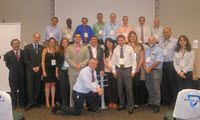
Dec 11, 2013 | News
iRAP and International Road Federation jointly held a Safer Roads by Design for Sao Paulo seminar in Brazil, during the TranspoQuip conference.
The course covered topics such as:
- How to design a 3-star or better road in Brazil.
- An introduction to Safer Road by Design: The role of engineering measures.
- Details on designs for safer roadsides, including longitudinal barriers, terminals and transitions.
The seminar coincides with iRAP road assessments that are being undertaken in Brazil, supported by the Global Road Safety Facility and Bloomberg Philanthropies.
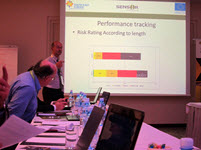
Dec 11, 2013 | News
Partners from the 14-country SENSoR project came together with ROSEE partners in Slovenia to continue the push for reduction of risk on roads in South East Europe.
A high-level briefing including Slovenian infrastructure minister Omerzel Samo, EuroRAP chairman John Dawson, and EASST president Emma Maclennan focussed on role of improved infrastructure in reducing injury.
A key theme was the need to connect the “left hand” of infrastructure investment with the “right hand” of spending on emergency response, health, long term care and insurance.
The mid-term SENSoR planning and reporting conference attracted 140 participants who heard that 3,150km of the Slovenian network and 3,600km of the Greek TEN-T network have already been inspected (click here to see results). Inspections in the other countries are underway, as are seminars and dissemination events aiming to raise public and political awareness of the road traffic injury epidemic.
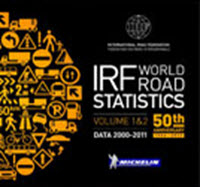
Dec 9, 2013 | News
The International Road Federation (IRF) has published the 50th anniversary edition of its World Road Statistics.
To mark the anniversary, the publication includes 12 years of updated data, providing a comprehensive statistical picture of international road and inland transport from the start of the millennium.
The next Safer Roads By Design™: Across Six Continents course, one of the most comprehensive road safety training programs in the world, will begin on 16 February 2014 in Florida, US. The course will cover roadside safety, work zone safety, vulnerable user safety and road safety audits.
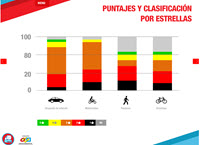
Dec 8, 2013 | News
Colombia now has a detailed inventory of the characteristics of almost 11,000km of roads identifying risks and corrective measures required to improve safety.
Speaking at the launch of the results, Alexandra Rojas Lopera, CEO of Corporación Fondo de Prevención Vial said that investments of $2 billion pesos, equivalent to a third of the annual cost of road crashes in Colombia, could save more than 8,000 deaths and 56,000 serious injuries in next 20 years.
The assessment found that 60% the roads are rated 3-stars or better for vehicle occupants, but more than half the roads rated are just 1- or 2-stars for vulnerable road users. The road with the best score was Sincelejo – Corozal and the worst stretch is Cano – Mojarras.
An interactive presentation on the project is available at: http://fpv.org.co/images/repositorioftp/FPV-resultados.swf.
The project involved the participation of Corporación Fondo de Prevención Vial, la CAF, el Ministerio de Transporte, Invías, la Agencia Nacional de la Infraestructura (ANI), la Superintendencia de Puertos y Transporte, la Dirección de Tránsito y Transporte de la Policía Nacional (DITRA), la Universidad del Cauca, la Universidad del Norte y la Universidad de Los Andes.
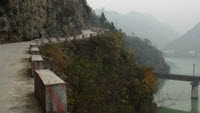
Dec 6, 2013 | News
ChinaRAP assessments are helping to guide planning for a ¥2.2 billion (US$373 million) investment in rural roads in the Qinba Mountains area of Shaanxi Province.
The ChinaRAP team examined more than 1,000km of roads targeted for improvement by the Government of China and the Asian Development Bank.
The assessments found that much of the road safety risk on the single-lane, undivided road network stems from the fact that more than two thirds of the roads are curved and many of the roadsides have hazards such as cliffs, steep drains and aggressive vertical faces.
An initial safety plan for around 200km of the main trunk roads identified opportunities to save more than 1,000 fatalities and serious injuries over 20 years, representing a reduction of almost 40% compared to current rates.
The ChinaRAP assessments were supported by the Global Road Safety Facility and Bloomberg Philanthropies.

Dec 6, 2013 | News
KiwiRAP has been awarded the International Road Federation Global Road Achievement Award for Road Safety.
Ernst Zollner, Director Road Safety at the New Zealand Transport Agency said “The KiwiRAP team has done an excellent job in helping us better understand risk on our roads so we can target efforts to the highest risks first and make the greatest gains in reducing deaths and serious injuries.”
AA Motoring Affairs General Manager Mike Noon said KiwiRAP has been an important factor in the significant fall road deaths. “KiwiRAP is setting the standard globally for road assessment programmes. A huge number of crashes have been prevented and lives saved because of this work.”
The latest KiwiRAP report showed that targeting high collective risk routes by the NZ Police and the Transport Agency achieved a 30% reduction in fatal and serious injury crashes on those lengths of highway.
KiwiRAP was developed in partnership by the NZ Transport Agency, NZ Automobile Association, Ministry of Transport, NZ Police and ACC.
You can watch a short video on the program at: http://www.irfnews.org/current-winners/.
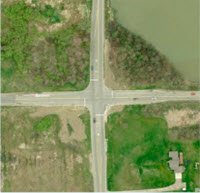
Dec 6, 2013 | News
The Genesee County Road Commission (GRSC) has received a National Roadway Safety Award for its proactive Safety Improvement Plan for County Roads in Michigan, US.
The Genesee project was one of 12 exemplary highway projects and programs from across the US recognised by the Roadway Safety Foundation (RSF) and the Federal Highway Administration (FHWA).
GCRC developed the safety improvement plan based on a comprehensive usRAP review. The plan includes shoulder paving, pedestrian crossings, sidewalk provision, delineation improvements, lane widening, intersection signalization, left-turn lane provision, roadside barriers, road surface improvements, and rail crossing upgrades.
More information about the award winning projects is available in the National Road Safety Awards 2013 Noteworthy Practices Guide.
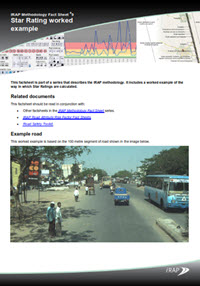
Dec 4, 2013 | News
A series of new fact sheets that describe the iRAP methodology is now available for download. The fact sheets answer many of the questions people have about the iRAP approach, covering topics such as crash types, Star Rating Score equations, model calibration and...
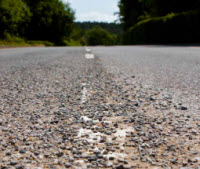
Nov 27, 2013 | News
New cars today do more to protect life than vehicles just 10 years ago, and by 2025, half of the cars on the road in Europe will be capable of “reading” signs and markings.
However, Roads that cars can read, a report published by EuroRAP and Euro NCAP, finds that inadequate maintenance and differences in road markings and traffic signs are now a major obstacle to the effective use of technology in vehicles, such as lane departure warning and traffic sign recognition.
John Dawson (EuroRAP, Chairman) said “Lane markings are now the ‘rails’ for self-steering vehicles.” Michiel van Ratingen added “We set demanding standards for 5-star cars. We must now move towards 5-star roads where the quality of road markings and signs are assured to work with modern vehicles.”

Oct 25, 2013 | News
The latest report from the Road Safety Foundation shows that single carriageway roads are now 7 times more risky than motorways.
As the flowers by the roadside attest, the main crash type causing death is running off the road. The main crash type causing serious injury are brutal junction impacts.
The report measures and maps the risk of death and serious injury road uses face on the British network where the majority of lives are lost – on motorways and ‘A’ roads outside cities. It shows road travel is getting measurably safer, particularly because of improving vehicle safety.
The report comes at a time when the government has recognised Britain is falling behind other countries and announced the “biggest ever upgrade of our existing roads worth up to £50bn over the next generation”.
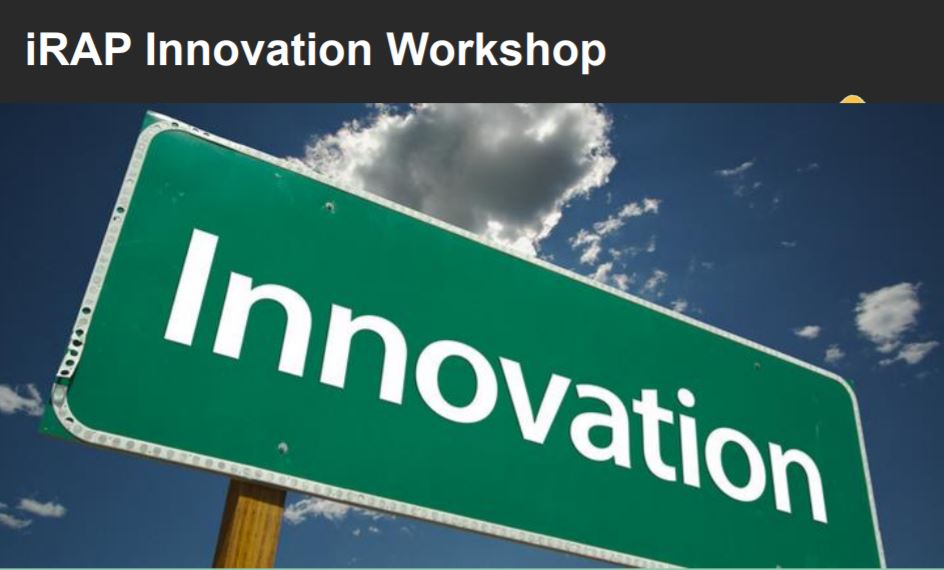
Sep 30, 2013 | Events, Innovation Workshop, Presentations, Resources
Among the world’s best in road infrastructure safety gathered recently at the World Bank in Washington for iRAP’s second Innovation Workshop. The Workshop was hosted by usRAP partners AAA FTS and MRIGlobal.
The Innovation Workshop is a platform for those using iRAP tools and those involved in road infrastructure safety more broadly to transfer their know-how quickly to each other through mutual support and friendly competition.
This Workshop captured the enormous scale of effort being made in policy development, technical application and research around the world. As just some examples:
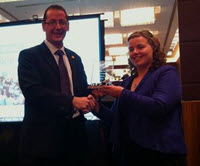
Sep 30, 2013 | News
iRAP has been fortunate to benefit from the support of a number of volunteers who have graciously shared their time, expertise and enthusiasm for road safety.
We’ve recently been recognising their valuable contributions to our efforts to save lives with the ‘5-star volunteer’ award. The volunteers recognised are:
We also appreciate that volunteers’ home organisations were supportive of the initiative.
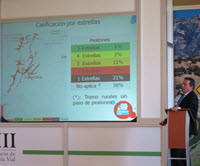
Sep 23, 2013 | News
Delegates from motoring clubs, road authorities, development banks, universities and companies gathered in Mexico recently for the second iRAP Latin America and Caribbean Workshop.
To date, iRAP has been used by 15 countries in the region to assess more than 80,000km of roads. This rich set of data not only provides a strong foundation for investment in safety in each country, but also holds enormous potential for regional benchmarking.
The workshop discussed numerous exiting developments. Paraguay, for example, is committed to eliminating 1- and 2-star roads, while in Belize, iRAP is being integrated into the nation’s road maintenance planning and the capital works programme.
Click here to see more photos from the workshop.

Sep 18, 2013 | News
Leading experts are collaborating to provide an ‘International Handbook of Road Safety’ to support the implementation of the UN Decade of Action for Road Safety.
The Handbook, coordinated by Monash University, the Commission for Global Road Safety and the University of Michigan, is being written by leading road safety, public health and regulatory scholars, along with leading figures from non-governmental organisations and industries, into a single volume.
This book will serve as an important reference point for the Global Ministerial Conference on Road Safety which is due to be held in 2015, at the mid-point of the UN Decade of Action for Road Safety. It will highlight the importance of including road traffic injury prevention within the post-2015 development agenda, as an issue impacting on wider goals for health, poverty reduction, reducing carbon emissions and promoting social justice.
The book is expected to be released in May 2014 to coincide with the third anniversary of the launch of the UN Decade of Action for Road Safety.
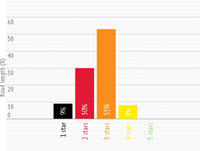
Sep 17, 2013 | News
AusRAP has assessed risk on almost 22,000km of national highways in Australia and identified opportunities to dramatically cut road trauma.
The report, produced by the AAA, finds that almost 40% of the national network is rated 1- or 2-star. More than 60% per cent of the network surveyed falls within the 3- to 4-star ranges.
The AusRAP report also shows that an investment of just over $4.7 billion has the potential to more than halve the number of roads rated 1- and 2-stars and prevent over 36,000 fatalities and serious injuries during a 20-year period.
The Safer Roads Investment Plan, which would save $3.50 in crash costs for each $1 invested, includes countermeasures such as: safety barriers, skid resistance and protected turning lanes at intersections.
The AusRAP report was produced with financial assistance from the Australian Government and with support from the State and Territory road and transport authorities.
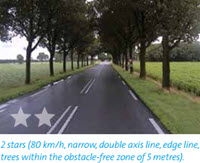
Sep 17, 2013 | News
A new ANWB report finds that although the Netherlands is a world leader in road safety, additional efforts are needed in order to achieve the national target.
The report finds that most (62%) of the nation’s provincial roads are rated just 1- or 2-stars for vehicle occupants. This helps to explain why more than 25% of fatal crashes take place on provincial roads although together these roads account for only 6% of the total Dutch road network.
Provincial roads are generally well managed and maintained but the combination of a high speed limit (80 km/h) and the profiles of these roads means that a great many of them are not suited to handling large traffic flows safely.
Numerous safety improvements are suggested in the report, such as safety barriers, street lights and rumble strips.
While the current report focuses on vehicle occupants, a second edition is planned which will examine the unique features of bicycling infrastructure in the Netherlands.
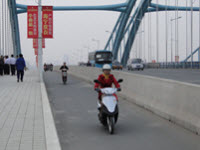
Aug 29, 2013 | News
A new report published by ARRB Group examines issues that are thought to be preventing the uptake of ‘Safe System’ infrastructure in low- and middle-income countries.
The report is a summary of a workshop held in Bangkok, Thailand as part of the 2012 GRSP / iRAP Asia Pacific Workshop involving delegates from governments and road authorities around the Asia-Pacific region. The aims of the workshop were to raise awareness of Safe System infrastructure treatments, such roundabouts, safety barriers and pedestrian crossings, and explore factors impeding their implementation.
Although cost was often cited as an impediment, factors relating to design, user compliance and maintenance were also considered to be very important.
The outcomes of the workshop will help road authorities, researchers and industry understand ways in which the uptake of highly effective infrastructure treatments can be accelerated. The information will also be used to update the Road Safety Toolkit.
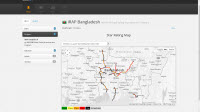
Aug 19, 2013 | News
We are looking for a PHP / JavaScript developer, who is dedicated to their craft, writes code to be proud of and can hit the ground running.
You will be a part of a small creative team that is responsible for all aspects of the ongoing software development from the initial specification, through to developing, testing and launching.
For more information, take a look at: http://www.linkedin.com/jobs?viewJob=&jobId=6867817.
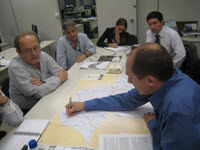
Jul 17, 2013 | News
Following the completion of road inspections by the ‘Orange Angel’ and the ‘Brazilian Angel’, assessments are now being carried out for more than 4,000km roads in the State of Sao Paolo, Brazil.
Initially, Star Ratings and Safer Roads Investment Plans will be produced for nine high-priority World Bank-financed corridors.
As part of the project’s capacity building and communications strategy, local stakeholders and World Bank representatives recently participated in a workshop on the iRAP methodology and expected outcomes of the project.

Jul 17, 2013 | News
Hundreds of participants from around the world visited Beijing for the Road Safety on Four Continents (RS4C) conference, the 16th in the series.
ChinaRAP played a high-profile role at the conference, including by participating in “Sharing Road Safety – International Workshop in Scientific Safety Estimation” (co-sponsored by Research Institute of Highway of China, Beijing University of Technology, ITF/OECD, TRB, VTI) and the “Sharing solutions for transitioning economies” workshop (co-sponsored by GRSF and the World Bank).
ChinaRAP is currently actively supporting government, World Bank and Asian Development Bank projects in Anhui, Guizhou, Henan, Liaoning, Shaanxi and Yunnan.
The event also provided the opportunity for high-level discussions with Ministry of Transport and the Ministry of Public Security officials.
Page 32 of 34« First«...1020...3031323334»




























